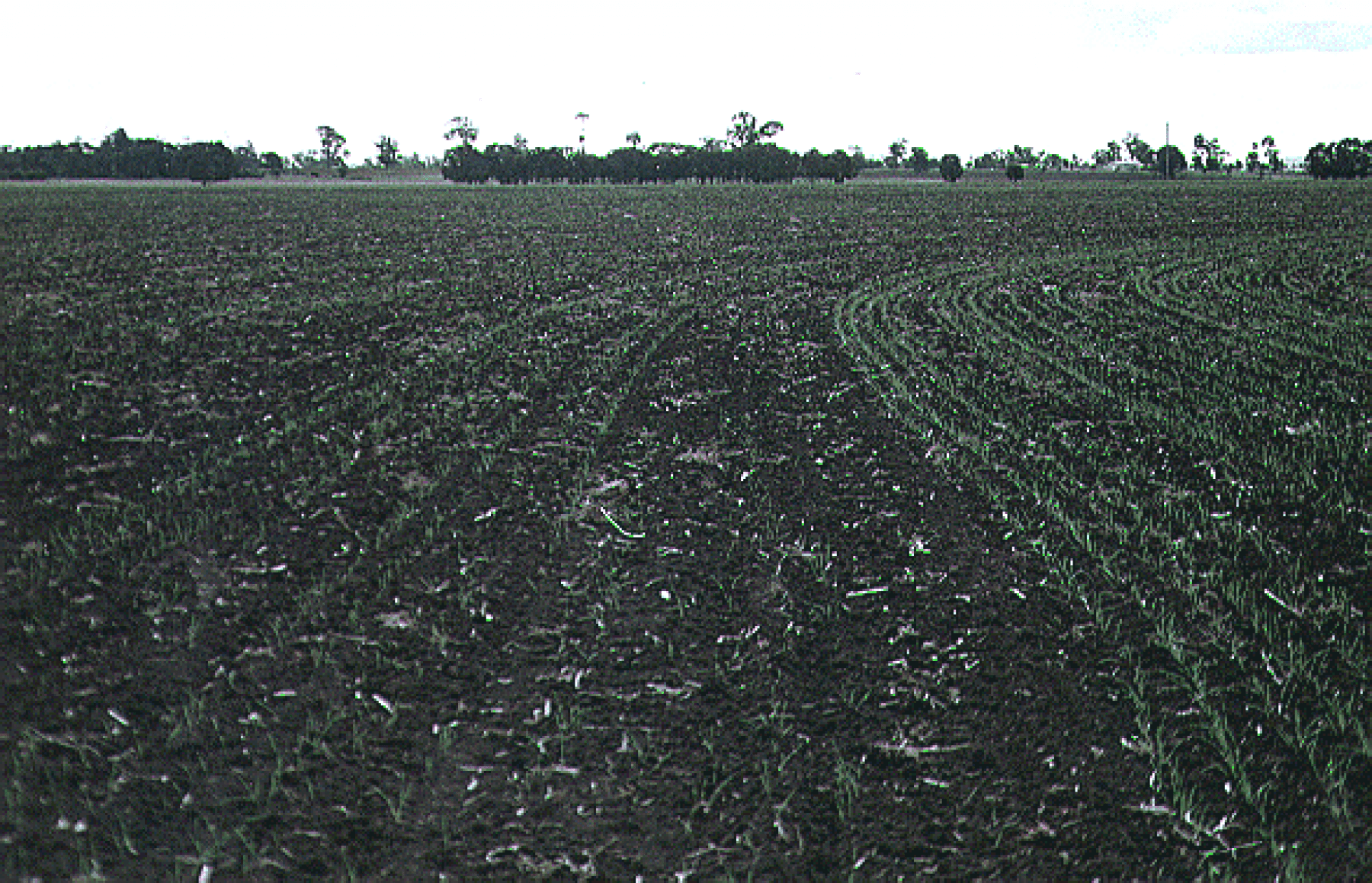Avoiding crop establishment issues from fertiliser
Seasonal Updates – Dr. Chris Dowling
With high mineral soil N levels already in many paddocks this year, there may be a trend to topping up the seasonal N requirement by increasing the N in the starter products particularly in regions where in crop applications are generally not viable.
The practice of applying fertiliser with or just under seed has been identified as the most effective strategy for phosphate application for many crops. The basis for this strategy is to locate phosphate close to the germinating seed to improve seedling vigour. However, this nutrient application strategy is a two-edged sword, too much can affect germination and establishment leading to crop issues related to low plant population, unevenness both spatially and temporally and in worst cases, the need to replant if the guidelines are pushed too far.
When we talk about what is commonly referred to as ‘fertiliser burn’, we are actually referring to two processes that potentially occur when fertiliser is placed with seed in a furrow. The first effect is ammonia (NH3) toxicity. It may be observed when using products containing ammonium nitrogen such as MAP, DAP, and urea. This occurs when alkaline conditions persist in a fertiliser band thereby producing a greater concentration of ammonia relative to non-toxic ammonium. The presence of toxic concentrations of ammonia may result in reduced or no germination, root pruning, and seedling damage.
The second process comes from the effect of osmotic pressure placed on soil water by fertiliser near the seed. All fertilisers have the ability to absorb water and in marginal moisture conditions, fertilisers can compete with seed for soil water, delaying germination until further rain falls.
You have probably seen young crops with sections of the seed row that have not germinated and then come back some weeks later to see that plants have emerged in these missing sections. Fertiliser toxicity is complicated by the fact that when a problem occurs, quite often both processes are operating simultaneously. Hence, it is difficult to identify the exact causes.
The riskiest situation and most critical time to reconsider rates of starter fertiliser applied with or in close proximity with seed include:
Changes to seeding equipment row spacing, effective opener width, distance of bands from seed, and speed of operation.
Change in P source, nutrients other than P in the product and physical form and particle size distribution
Soil moisture (particularly dry sowing, effects are largely untested)
Deeper sowing.
Below are some factors that should be considered if conditions change:
1. Seeding rate
A traditional method of overcoming germination difficulties has been to increase seeding rates. However, in an increasingly sophisticated industry, with an ever-tightening cost-price squeeze, simply turning the seeder up a few cogs is probably not the most technological and economical means of addressing the problem. The inability to predict the outcome of fertiliser burn with certainty means that increasing seeding rate may be detrimental, the establishment is not reduced as predicted.
2. Soil texture
As a general rule of thumb, the higher the clay content of a soil the higher the rate of fertiliser that can be safely applied. This means that a sandy soil with low clay will be limited with respect to the amount of fertiliser placed with seed, mostly as a result of low water retention capacity.
3. Soil moisture
As alluded to earlier, higher soil moisture levels will reduce the potential for germination damage. Under marginal soil moisture conditions, or where the soil drying rate, post sowing, is likely to be rapid (hot, dry and windy), always give careful consideration to the fertiliser rate if applying in the seed furrow. How sowing dry relates to current standards, from a research perspective, is largely unexplored but there is a wealth of anecdotal experience among advisers. It appears that if the rainfall that stimulates germination and establishment is sufficient to create similar conditions as if sowing into moisture then the standard rules apply.
4. Fertiliser type
Most fertilisers have different combinations of osmotic and ammonia potentials. For example, DAP exerts a slightly stronger osmotic pull on soil water than MAP. DAP also has a higher ammonia toxicity potential than MAP due to the higher ammonium concentration and its alkaline pH in solution. Alkalinity within the fertiliser band favours formation and persistence of the toxic ammonia molecule.
5. Soil opener type and row spacing
A term that advisors and growers should become aware of is the seedbed utilisation (SBU). SBU describes the effect of tine spacing and opener type on seed furrow fertiliser concentration. It is calculated as:


